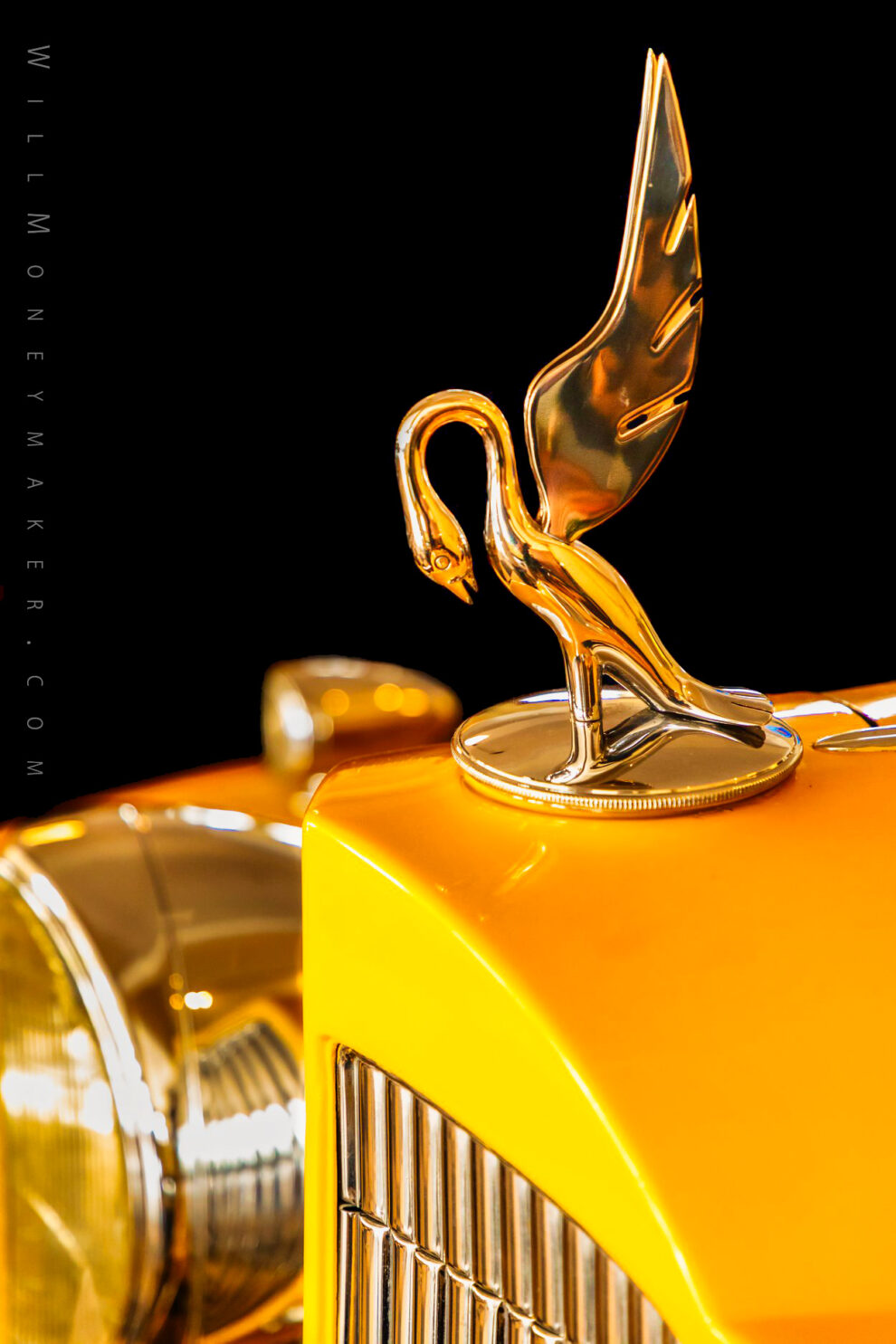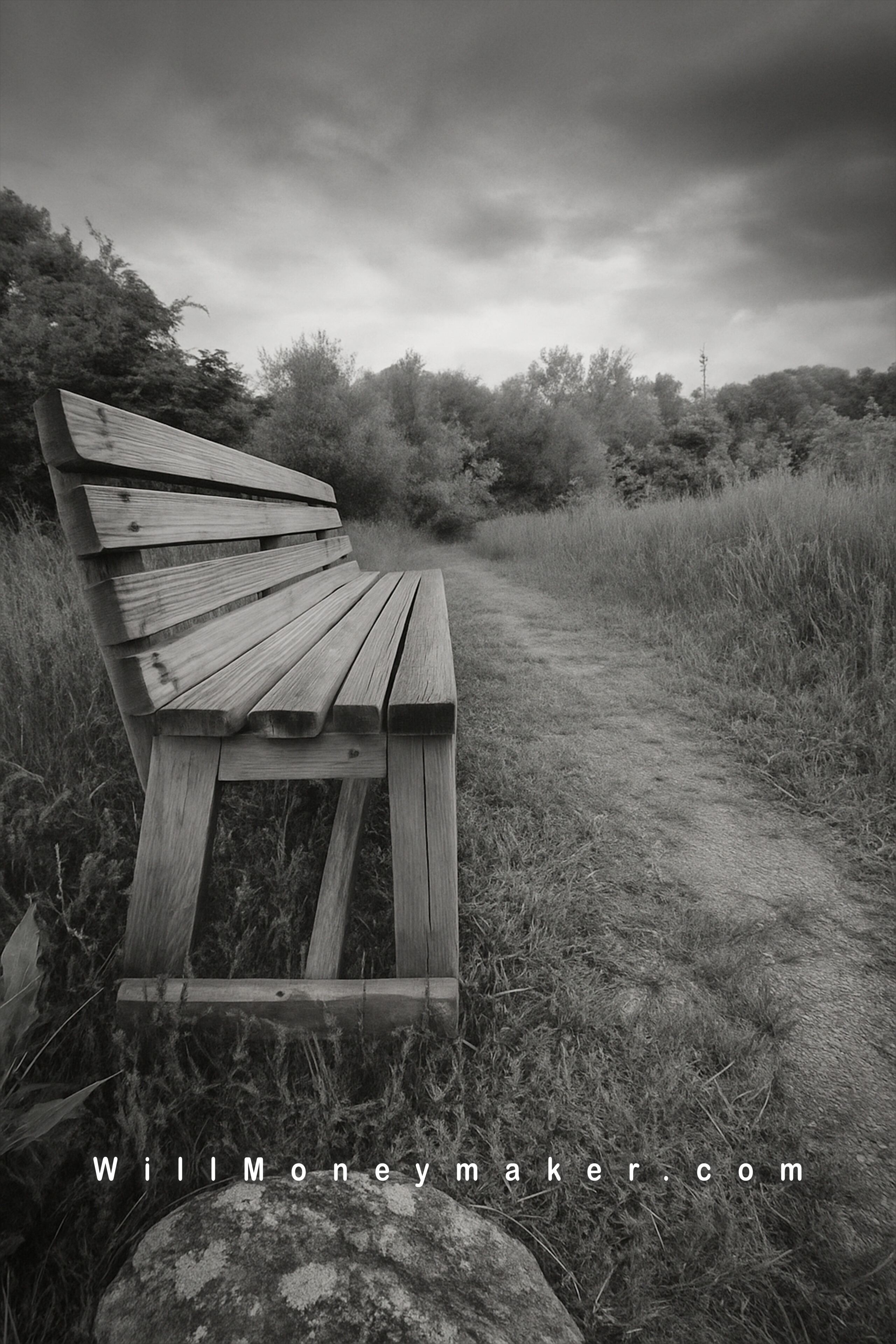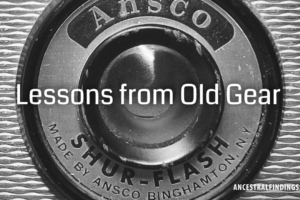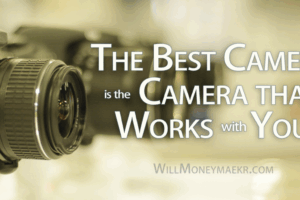What are the best tools for photography? I spend a lot of time talking about what the reviewers say. If you listen, they will have you believe that the best gear is the gear that has the highest megapixels, the things that will produce the sharpest image quality, the best colors—that sort of thing.
I’ve long argued against this, saying that, in most cases, these costly items are overkill. The megapixels and incredibly sharp resolutions are a wasteful investment when you consider that the average photographer will never produce the billboard-sized prints these devices are designed for.
What we haven’t done much of around here is talk about what the best tools actually are. We know what they are not, but not what they are. So what are they? I’m about to be difficult again and say that there is no unified answer to this question. We can’t simply say that every photographer should go out and buy this specific camera and those specific lenses.
However, there is a definitive answer, even if it doesn’t name specific cameras and bits of equipment. What we can say is this: The best tools are the tools that are easiest for each individual to use.
Of course, this can mean a lot of things for a lot of different people. But overall, it means that these are the tools that provide you with a minimum of fuss in the field.
I’m sure that we’ve all spent time in the field Googling how to use obscure settings or how to work a particular rarely used feature on our cameras—and that can be a bad thing. It will happen sometimes, obviously, especially when we’re still new to the camera, and particularly if it’s a feature that we almost never use. But if this type of thing happens often, it’s incredibly problematic.
It’s problematic because when you’re forced to stop and start Googling instructions, this takes you out of the scene you’ve immersed yourself in, and it takes you out of the artistic mindset. Imagine yourself as a writer, happily writing away when someone barges in and starts talking. It pops that thought cloud that has been forming this whole while, and you lose your train of thought. Or perhaps a better example is, imagine yourself playing a video game, but the controls are so hard to figure out that you have to keep removing yourself from this make-believe world so that you can Google the controls.
The exact same sort of thing happens to photographers when our tools are difficult to use. Instead of creating art, you find yourself dumped into the technical side of things—and if you’re like me, sometimes impatient with these things, you’ll probably find yourself frustrated after 30 seconds of Googling doesn’t provide a simple, straightforward answer.
So the best bear is the gear that is easy to use. It’s easy to understand, to learn most all of the controls relatively quickly, and it should feel good in your hands. I’ve handled cameras where the controls are just in awkward places for me, and instead of thinking about creating art, I find myself thinking about how to hold the camera when I take a photograph. We’ve all been frustrated by camera systems that have lenses that are difficult to change because for us, the release buttons are in strange spots.
So that’s the biggest thing. Go with the gear that interrupts the artmaking process as little as possible. The gear that presents you with the least amount of technical difficulties is the best gear for you.





